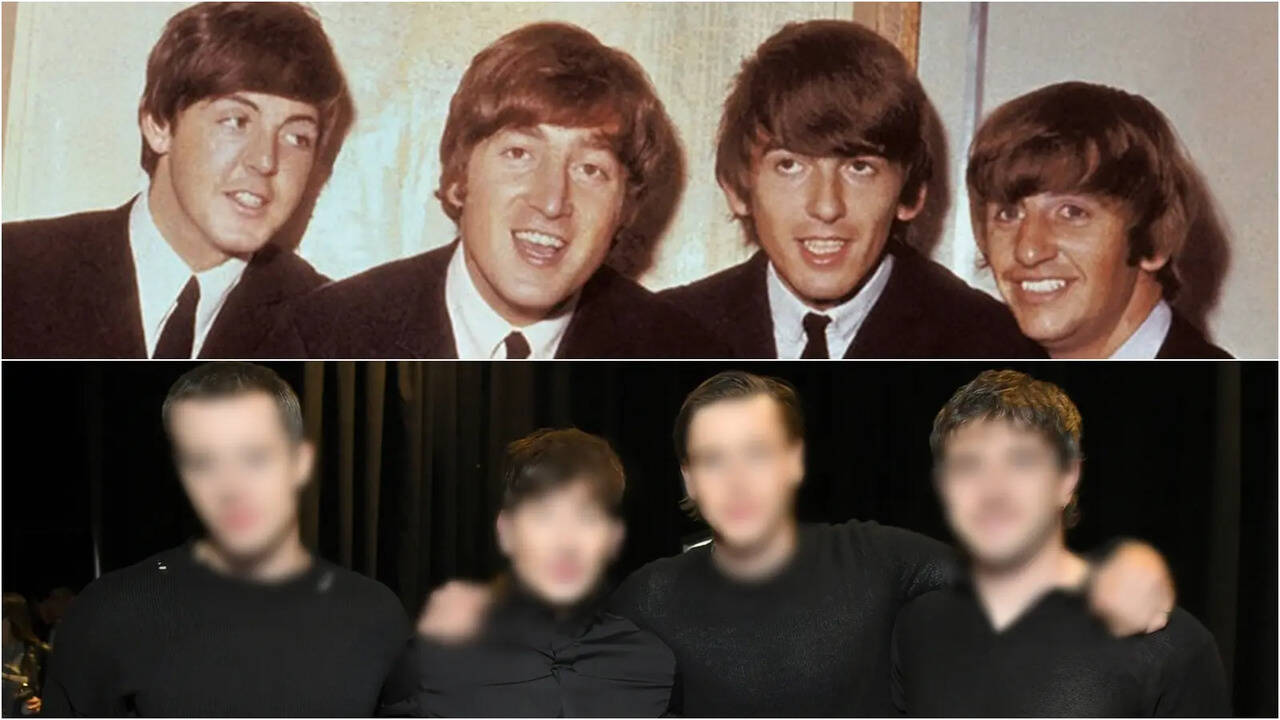The Power Of CRISPR: Successfully Inserting Whole Genes Into Human DNA

Table of Contents
Understanding CRISPR-Cas9 Technology and its Precision
CRISPR-Cas9 is a gene-editing system derived from a bacterial defense mechanism. It works like a highly precise pair of molecular scissors. A guide RNA molecule, designed to match a specific DNA sequence, directs the Cas9 enzyme to the target location on the DNA. The Cas9 enzyme then cuts the DNA at the precise target site.
The cell's natural repair mechanisms then kick in. There are two main pathways:
- Non-homologous end joining (NHEJ): This pathway directly joins the broken DNA ends, often leading to small insertions or deletions.
- Homology-directed repair (HDR): This pathway uses a provided DNA template to repair the break, allowing for precise gene editing, including the insertion of new genetic material.
CRISPR-Cas9 offers significant advantages over older gene editing methods like ZFNs and TALENs, including higher accuracy, lower cost, and ease of design. Its ability to target specific genes makes it a powerful tool for gene therapy, offering the potential to correct genetic defects responsible for a wide range of diseases.
The Challenges of Inserting Whole Genes Using CRISPR
While CRISPR-Cas9 excels at making small edits, inserting entire genes poses several significant challenges. The size of the gene sequence itself presents a major limitation. Larger genes are more difficult to deliver into cells and integrate into the genome efficiently. The process is also prone to off-target effects, where the CRISPR system unintentionally modifies other parts of the genome.
- Size limitations: CRISPR-Cas9's efficiency decreases with increasing size of the inserted DNA.
- Chromosomal rearrangements: Large insertions can lead to unintended chromosomal alterations, potentially causing harmful effects.
- Efficient delivery: Delivering large DNA sequences into cells efficiently requires sophisticated delivery systems, such as viral vectors or advanced non-viral methods.
- Minimizing off-target effects: Careful design of the guide RNA and optimization of the delivery system are crucial to minimizing off-target edits and ensuring safety.
Advanced Techniques for Whole-Gene Insertion
Scientists are continuously developing advanced techniques to overcome the limitations of CRISPR-Cas9 in whole-gene insertion. These advancements include:
- Homology-mediated end joining (HMEJ): This pathway is a more efficient alternative to HDR for larger insertions.
- Prime editing: A more precise approach that minimizes off-target effects by making targeted insertions or deletions without causing double-stranded DNA breaks.
- Multiple guide RNAs: Using multiple guide RNAs can facilitate the insertion of larger gene sequences by creating multiple breaks around the insertion site.
- Synthetic DNA constructs: Sophisticated synthetic DNA constructs are being developed to improve the efficiency and accuracy of gene insertion. Optimization strategies, including careful selection of donor DNA templates and optimization of delivery methods, are crucial for maximizing insertion efficiency.
Ethical Considerations and Future Implications of Whole-Gene Insertion
The ability to insert whole genes into the human genome raises profound ethical concerns, particularly regarding germline editing (modifying genes in reproductive cells) versus somatic cell editing (modifying genes in non-reproductive cells). Germline editing has implications for future generations, while somatic cell editing only affects the individual.
- Germline vs. somatic editing: The long-term consequences of germline editing need careful consideration.
- Safety regulations and ethical guidelines: Stringent regulations and ethical guidelines are necessary to ensure the responsible development and use of this technology.
- Potential for misuse: The potential for misuse and unintended consequences necessitates careful oversight.
- Public discourse and informed consent: Open public discourse and informed consent are vital in guiding the responsible use of this technology.
Conclusion: The Future of CRISPR and Whole-Gene Insertion
Successfully inserting whole genes into human DNA using CRISPR-Cas9 remains a significant challenge, but ongoing research is making rapid progress. Advanced techniques are being developed to improve efficiency, precision, and safety. The potential therapeutic applications are immense, offering hope for treating a wide range of genetic diseases and enhancing human health. However, ethical considerations must be at the forefront of this research to ensure responsible development and application. Further research and investment in CRISPR gene editing, particularly in perfecting whole-gene insertion techniques, are crucial for revolutionizing gene therapy and providing cures for previously incurable diseases. The future of gene therapy hinges on continuing to refine and responsibly utilize this powerful technology.

Featured Posts
-
 Record Transfer On The Cards Real Madrid Eye Man United Star
May 30, 2025
Record Transfer On The Cards Real Madrid Eye Man United Star
May 30, 2025 -
 Glastonbury Ticket Resale A Battleground For Fans
May 30, 2025
Glastonbury Ticket Resale A Battleground For Fans
May 30, 2025 -
 Essential Guide To Top Music Lawyers For 2025
May 30, 2025
Essential Guide To Top Music Lawyers For 2025
May 30, 2025 -
 Solicita Tu Reembolso Cancelacion Del Festival Axe Ceremonia 2025 En Ticketmaster
May 30, 2025
Solicita Tu Reembolso Cancelacion Del Festival Axe Ceremonia 2025 En Ticketmaster
May 30, 2025 -
 Elon Musks Alleged Paternity Of Amber Heards Twins A Deeper Look
May 30, 2025
Elon Musks Alleged Paternity Of Amber Heards Twins A Deeper Look
May 30, 2025
Latest Posts
-
 Beatles Biopic Cast Announced Whos Playing Who
May 31, 2025
Beatles Biopic Cast Announced Whos Playing Who
May 31, 2025 -
 The Beatles Cast Revealed A Look At The Actors
May 31, 2025
The Beatles Cast Revealed A Look At The Actors
May 31, 2025 -
 Star Trek Strange New Worlds Season 3 Teaser A Deeper Dive Into The New Season
May 31, 2025
Star Trek Strange New Worlds Season 3 Teaser A Deeper Dive Into The New Season
May 31, 2025 -
 First Look Star Trek Strange New Worlds Season 3 Teaser Trailer Analysis
May 31, 2025
First Look Star Trek Strange New Worlds Season 3 Teaser Trailer Analysis
May 31, 2025 -
 Star Trek Strange New Worlds Season 3 Teaser What To Expect
May 31, 2025
Star Trek Strange New Worlds Season 3 Teaser What To Expect
May 31, 2025
